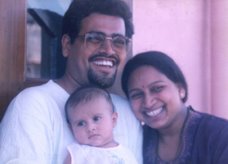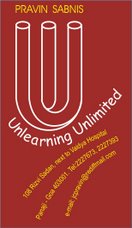A young boy saw an old man draw a perfect circle on the
sand. ‘Hey, old man, how did you draw such a perfect circle?’ asked the young
one. The old man said, ‘I don’t know, I just tried, and tried again…here, you
try.’ The old man gave the stick to the boy and walked away.
The boy began drawing circles in the sand. At first his
circles came out too wide, or too long, or too crooked. But as time went by the
circles began to look better and better. He kept trying and then, one bright
morning, he drew a perfect circle into the sand. Then he heard a small voice
behind him. ‘Hey old man, how did you draw such a perfect circle?’
This
Zen story sketches the circle as a shape and symbol of perfection. The literal
circle in the sand represents the essence and benefits of practice, while the
narrative represents the circular nature of life.
So
often, so many of us view success or perfection as a destination at the end of
a straight line. We see ourselves at the beginning of the road, or the bottom
of a peak and we can picture our endpoint clearly, glittering far away in the
distance.
Such
an approach often turns goals into an intimidating proposition, causing to lose
the focus needed to be better at a skill. However, if we look at life as a
circular path, a line without beginning or end, then we can learn to shift or
focus away from the destination at the end of the road and towards the gently
curving slope of the present moment. This makes the journey (to be better) a
little less imposing!
Not a straight line, circles help turn around
Keep up the efforts to be better every round!
~ Pravin K Sabnis


